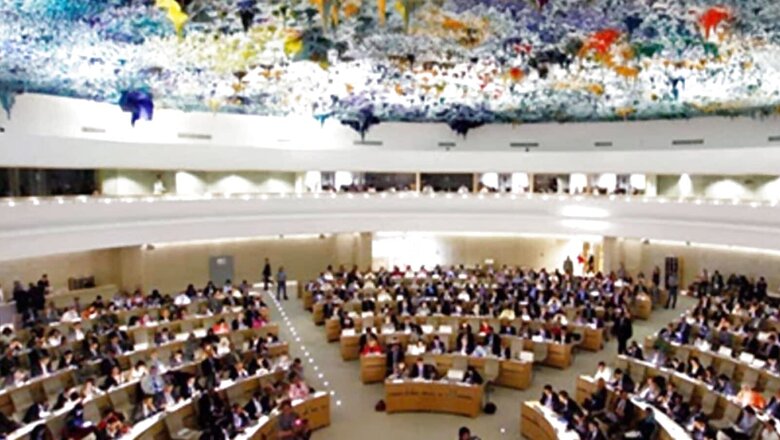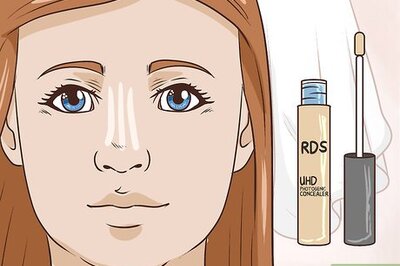Russia Not the Only Nation Suspended from UNHRC; A Look at UN Human Rights Council's Role, Structure

views
Russia on Thursday was suspended from the United Nations Human Rights Council (UNHRC) over the country’s military aggression in eastern Ukraine, as the latest reports show the horror of massacre in Bucha, 37 km from capital Kyiv, in which more than 300 have already been killed in the region alone by the Russian troops.
The latest UNHRC resolution against Russia was passed with 93 votes in favour, 24 against, and 58 abstentions. Some nations have called the suspension premature amidst the ongoing investigations into Russia’s alleged war crimes in Ukraine.
The United States was the first to move the resolution against Russia over its military aggression in east Ukraine. US Ambassador Thomas-Greenfield started a campaign against Russia after flurry of videos and photographs emerged on the social media over Bucha killings. Russia, however, denies its troops’ involvement in the civilian deaths.
Here is all you need to know about the UNHRC, and its role and structure.
What Does the UNHRC Do?
The United Nations Human Rights Council is a 47-member body that was formed in 2006 for protection of human rights across the world. It meets at UN Office in Geneva in Switzerland, and conducts at least three regular sessions in a year. It does hold special sessions to address immediate issues of human rights violations.
Last year, the UNHRC held a special session to discuss “the serious human rights concerns and situation in Afghanistan” in August; the “grave human rights situation in the Occupied Palestinian Territory” in May; and the “human rights implications of the crisis in Myanmar” in February.
One of the main features of Council’s is the Universal Periodic Review, which is a process that involves an analysis of all UN member states’ human rights record. The UPR is designed to ensure equal treatment for every country, and the reviews are led by groups of three states.
The UNHRC also has an Advisory Committee, which has 18 experts from different countries, who direct, conduct and present research on the works.
How are the Members Elected?
The 47 members of the UNHRC are elected through a direct and secret ballot at the UNGA. The Council’s website says it takes into account the candidate state’s contribution in promoting and protecting human rights, and its contribution in the matter.
Seats are allocated based on the geographical location. For example, Latin America has eight members, while Africa and Asia-Pacific have 13 each, Western and Eastern Europe have 7 and 6 members each.
The members serve for three years and are not re-elected immediately after serving two consecutive terms.
“With membership on the Council comes a responsibility to uphold high human rights standards. This is a criteria insisted on by States themselves when they adopted resolution 60/251 in March 2006 to create the Human Rights Council,” says the Council.
Which Countries Have Been Suspended from the Council?
Russia is the not first country to have been suspended from the UNHRC. Libya was thrown out around 11 years ago after a UNHRC’s resolution adopted through a consensus. The move was in response to the Libyan government’s crackdown on protestors. The UNGA suspended the Libya using the provisions of resolution 60/251.
According to the rules, a UNHRC member can be suspended if it has persistently committed systematic human rights violations during its membership. The resolution should have a support of the two-third members present and voting in the General Assembly, with abstentions not counted as votes.
Read the Latest News and Breaking News here




















Comments
0 comment